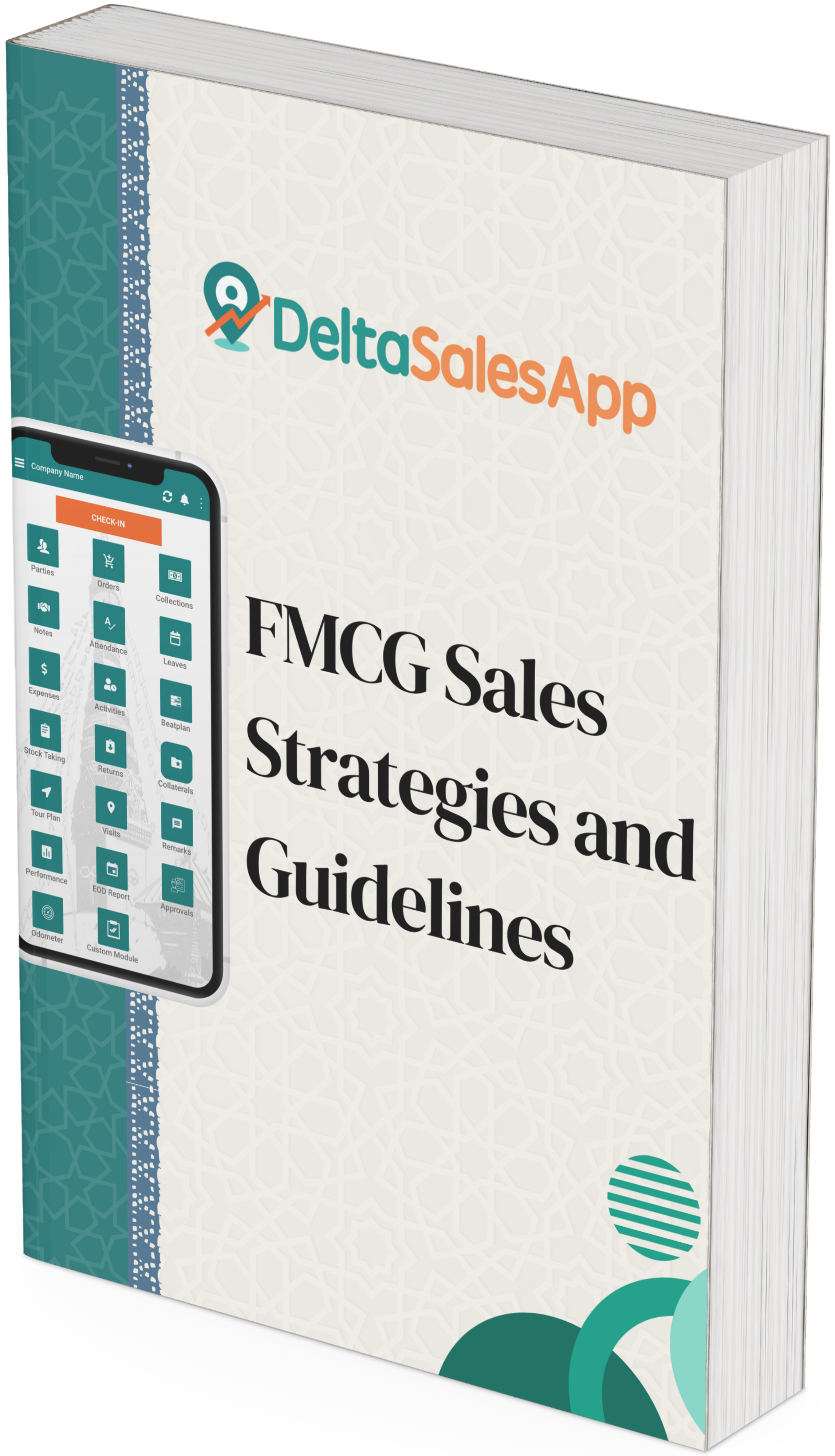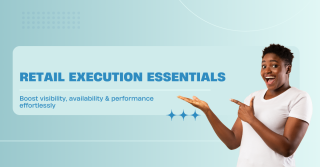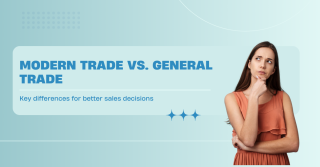How AI is Reshaping the Consumer Packaged Goods (CPG) Customer Experience in 2025

The world of consumer packaged goods (CPG) is changing fast. Traditional supply-driven models are being replaced with tech-powered, data-driven strategies focused on personalization, speed, and precision. To meet rising consumer expectations, CPG companies must move beyond legacy systems and embrace innovations like artificial intelligence, Distributor Management Software, and Distribution Management Software.
Brands that adapt are thriving. Those that don’t risk falling behind. To stay competitive, larger CPG brands are rethinking their operations, and artificial intelligence (AI) is taking center stage in that transformation. The integration of AI in CPG customer experience strategies has opened up a world of new opportunities—from predictive analytics to real-time shopper insights and smarter inventory control.
Let’s explore three impactful ways AI is transforming the CPG customer experience in 2025 and beyond.
1. Smarter Promotions in Consumer Packaged Goods with AI
For decades, promotions have been central to CPG marketing. But static discounts often miss the mark. AI is now helping consumer packaged goods companies predict what works—and eliminate what doesn’t.
By analyzing historical promotion performance and shopper data, AI helps CPG brands:
Predict promotion success at the store level
Personalize offers for specific shopper segments
Time campaigns based on seasonal or regional trends
Adjust on the fly using real-time feedback
This type of dynamic promotion management is only effective when connected to systems like Distribution Management Software, which ensures the right inventory is available to support the offer.
2. Real-Time Shopper Insights for CPG Brands
Online stores give consumer packaged goods companies valuable data, but physical retail has historically lacked the same visibility—until now.
Using AI-powered technologies, CPG brands can monitor:
How long shoppers engage with displays
Which product placements drive conversions
In-store navigation and dwell time
Real-time sentiment and attention tracking
This in-store intelligence allows consumer packaged goods teams to fine-tune layouts, messaging, and promotions for maximum impact.
More importantly, this shopper data can be used to inform Distributor Management Software, ensuring that demand signals result in immediate distribution responses.
3. Inventory Optimization with AI and Distribution Management Tools
Few things impact the CPG customer experience like product availability. When customers can’t find what they want, trust is lost.
AI now helps consumer packaged goods companies maintain the right stock in the right stores by:
Analyzing regional demand shifts
Factoring in local weather, events, and trends
Predicting stockouts before they happen
Automating replenishment through Distributor Management Software
Using both Distributor Management Software and Distribution Management Software, CPG brands are reducing waste, minimizing stockouts, and improving order accuracy across their networks.
How AI + Distribution Management Improves CPG Execution?
Successful consumer packaged goods brands are combining AI with distribution tools to transform operations from reactive to proactive.
With Distribution Management Software, brands can:
Track product movement across distributors and regions
Monitor returns, replacements, and delivery timelines
Analyze sales by SKU and location
Prevent misalignment between demand and supply
When paired with AI, CPG companies are seeing measurable gains in responsiveness, execution, and customer satisfaction.
The visibility provided by Distributor Management Software also empowers teams to make real-time decisions that improve the retail experience for both customers and store partners.
Why Consumer Packaged Goods Brands Must Act Now?
AI is no longer a future trend—it’s a present necessity. And for CPG companies, adopting AI alongside smart systems like Distribution Management Software and Distributor Management Software is the new standard for operational excellence.
Today’s consumer packaged goods customer experience is driven by:
Immediate product availability
Hyper-personalized promotions
Instant feedback loops from stores
Agile, responsive supply chains
All of which are made possible through the combined power of AI, data, and integrated software platforms built specifically for the consumer packaged goods industry.
Building the Modern CPG Stack
To stay competitive in 2025 and beyond, leading consumer packaged goods brands are evolving their tech stacks. AI must be paired with real-time logistics tools, retail execution apps, and a unified backend that includes:
CRM Systems
Distributor Management Software
Distribution Management Software
Field Sales Automation Platforms
This creates a connected ecosystem that turns data into action—from the supply chain to the store shelf.
Final Thoughts
For consumer packaged goods brands, 2025 is not just about surviving—it’s about leading. Those that embrace AI, modernize with Distributor Management Software, and drive smart execution through Distribution Management Software will deliver better service, stronger loyalty, and faster growth.
As competition intensifies and customer expectations rise, the winners in CPG will be those who integrate intelligence with action, data with distribution, and innovation with everyday operations.
Consumer packaged goods companies that invest now are building not just efficiency—but long-term market leadership.
Frequently Asked Questions (FAQs)
1. What are consumer packaged goods (CPG)?
Consumer packaged goods (CPG) are products used daily by consumers that require routine replacement or replenishment. These include food, beverages, toiletries, cleaning supplies, and over-the-counter drugs—typically sold through retailers in high volumes at relatively low cost.
2. How is AI being used in the consumer packaged goods industry?
AI is helping consumer packaged goods companies by analyzing massive amounts of sales, customer, and operational data. This allows CPG brands to forecast demand, optimize inventory, personalize promotions, improve shopper insights, and make faster, smarter decisions.
3. What is Distributor Management Software and how does it help CPG companies?
Distributor Management Software (DMS) helps CPG brands manage relationships with their distributors by tracking inventory, secondary sales, returns, and order fulfillment across the supply chain. It ensures that stock movement is transparent and helps prevent supply chain bottlenecks.
4. How does Distribution Management Software differ from Distributor Management Software?
Distribution Management Software handles broader logistics operations such as warehousing, shipment tracking, delivery scheduling, and inventory flow across the entire supply chain. Distributor Management Software focuses more on managing distributors and secondary sales within that ecosystem.
5. How does AI improve promotional strategies for consumer packaged goods brands?
AI enables CPG companies to predict which promotions will be effective by analyzing historical campaign data, customer preferences, and market conditions. It helps personalize offers, optimize timing, and dynamically adjust live campaigns for better conversion rates.
6. Can AI provide real-time shopper behavior insights in physical retail?
Yes. With AI-powered tools such as computer vision, sensors, and analytics platforms, CPG companies can track how shoppers interact with products, displays, and store layouts. These insights allow real-time adjustments and more engaging in-store experiences.
7. Why is inventory optimization important for the CPG customer experience?
Inventory optimization ensures that the right products are available when and where customers need them. AI helps reduce out-of-stocks and overstocking, improving customer satisfaction and reducing waste across consumer packaged goods supply chains.









